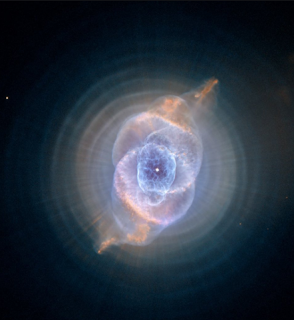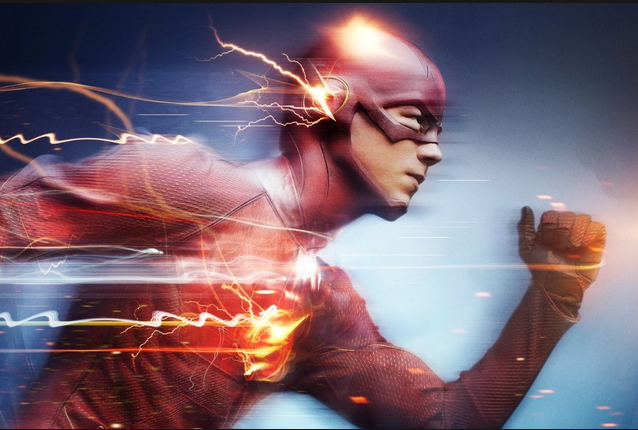Hubble Space Telescope
HUBBLE'S JOURNEY AND TECHNOLOGY THAT MAKES IT POSSIBLE
Launched in 1990, Hubble has been visited by astronauts four times in order to make repairs and add new instruments. Each instrument lies flat on Hubble has special features that let astronomers study the heavens in different ways. Hubble's unique capabilities can also be partnered with other space observatories and those on the ground to enable scientists to explore the universe in ways that no single mission could ever accomplish alone.
The 2.4m (7.8ft) wide main mirror in the Hubble Space Telescope collects light and reflects it into a second mirror. The second mirror reflects the beam back through a hole in the middle of the main mirror to a suite of cameras and scientific instruments. Hubble's main mirror is almost perfectly smooth. If it were scaled up to the size of Earth, the biggest bump on its surface would be just 15cm (6 in) high.
Hubble's primary mirror was built by what was then called Perkin-Elmer Corporation, in Danbury,
Connecticut. Once Hubble began returning images that were less clear than expected. Nasa undertook an investigation to diagnose the problem. Ultimately the problem was traced to be miscalibrated experiment during the Mirror's manufacture 4. Hubble Hits
Astronomers have processed data from Hubble to create many
Astronomers have processed data from Hubble to create beautiful images, including Galaxies,
Star-Birth regions such as the Eagle Nebula, and dying stars such as the Cat's Eye Nebula
1. Space Telescopes
The best place is to see stars is from space, where Earth's Atmosphere doesn't get in the way.
Space Telescopes work much like ground Telescopes bet give a pin-sharp view of distant objects and keep working all day and night, all year round.
Dozens of telescopes have been launched into space. They orbit Earth as satellites or orbit the Sun, staying close to Earth. They collect not just visible light but other types of radiation that our eyes can't see or that can't get through the atmosphere, such as X-rays or ultraviolet radiation.
Each space telescope is designed for a specific job. the Kepler space telescope is searching for exoplanets, for example, and Gaia is making a 3-D Map of stars around the Sun.
Telescopes in space wear out just like ones on Earth, but the repairman can't visit if things go wrong.
Only Hubble Space Telescope was designed to be serviced in space by astronauts
2. When was Hubble launched?
The Hubble Telescope was launched on 24th April 1990. It is been in the Earth'sorbit for 30 years. It orbits Earth at just a height of 570 Km (355 miles), circling the planet every 97 minutes.
The famous Telescope has contributed to a number of revolutionary discoveries, including confirming that the universe's expansion is accelerating rather than slowing down finding that supermassive black holes lurk at the heart of most, if not all galaxies. Astronauts have made 5 trips to service Hubble, the last one in 2009 when they installed a new camera. Eventually, Hubble will wear out and be replaced by James Jebb Space Telescope.
3. Main Mirror of Hubble
The 2.4m (7.8ft) wide main mirror in the Hubble Space Telescope collects light and reflects it into a second mirror. The second mirror reflects the beam back through a hole in the middle of the main mirror to a suite of cameras and scientific instruments. Hubble's main mirror is almost perfectly smooth. If it were scaled up to the size of Earth, the biggest bump on its surface would be just 15cm (6 in) high.
Hubble's primary mirror was built by what was then called Perkin-Elmer Corporation, in Danbury,
Connecticut. Once Hubble began returning images that were less clear than expected. Nasa undertook an investigation to diagnose the problem. Ultimately the problem was traced to be miscalibrated experiment during the Mirror's manufacture 4. Hubble Hits
Astronomers have processed data from Hubble to create many
4. Hubble Hits
Astronomers have processed data from Hubble to create beautiful images, including Galaxies,
Star-Birth regions such as the Eagle Nebula, and dying stars such as the Cat's Eye Nebula









Comments
Post a Comment